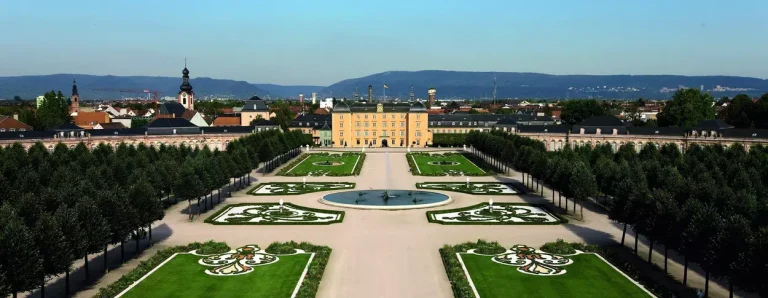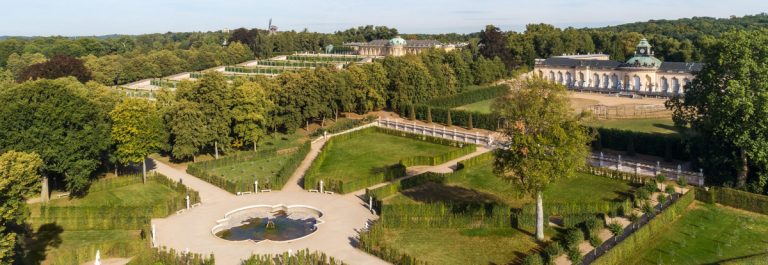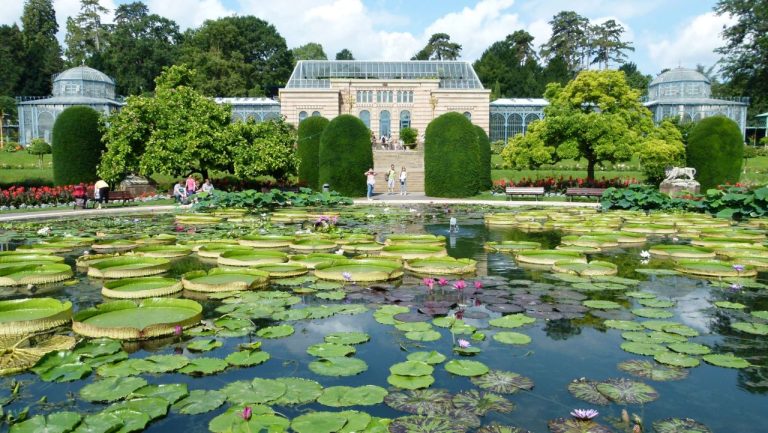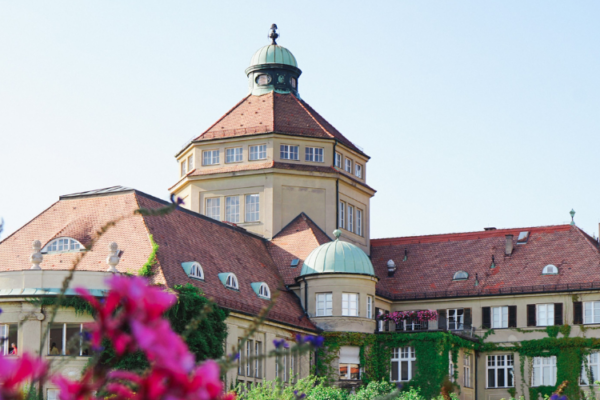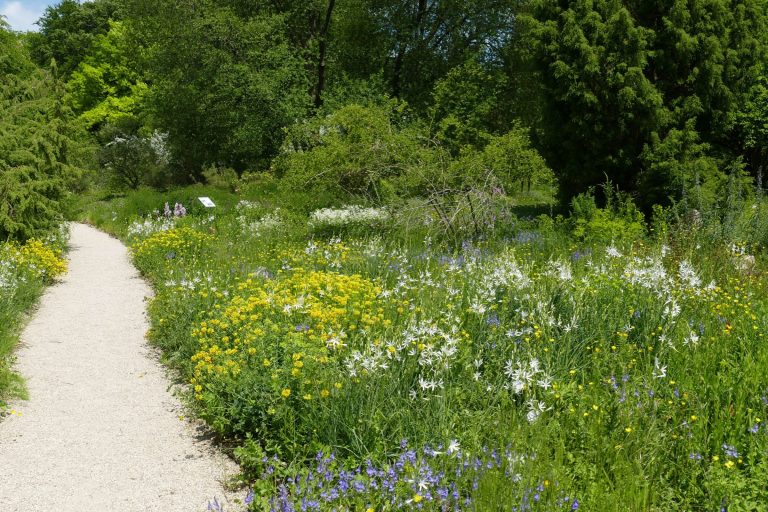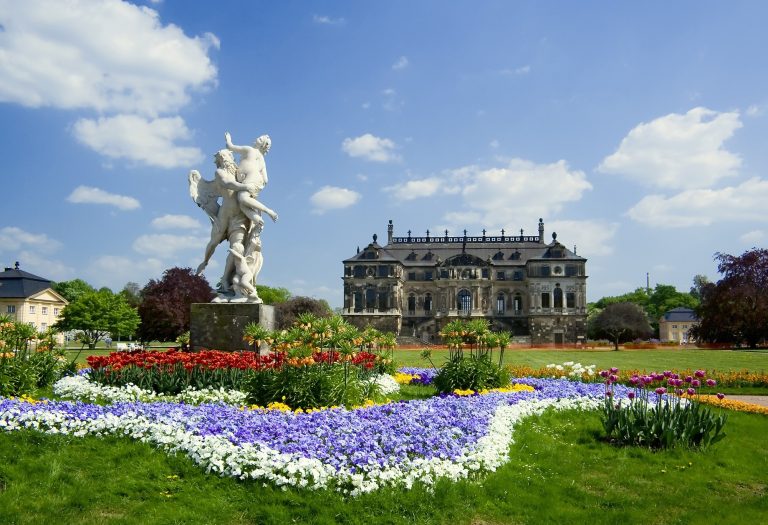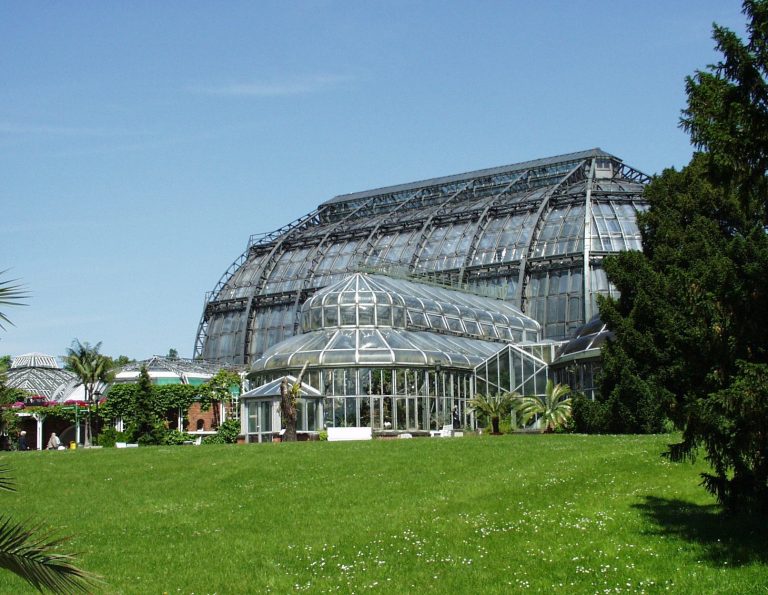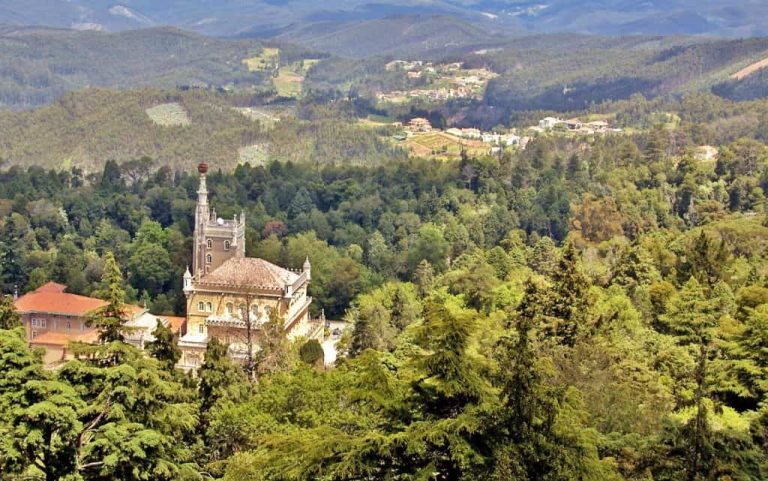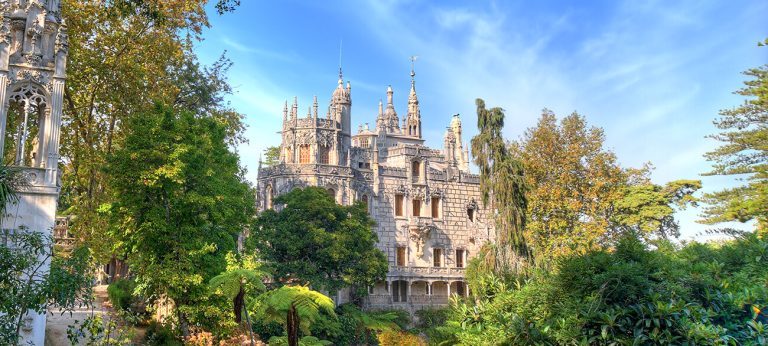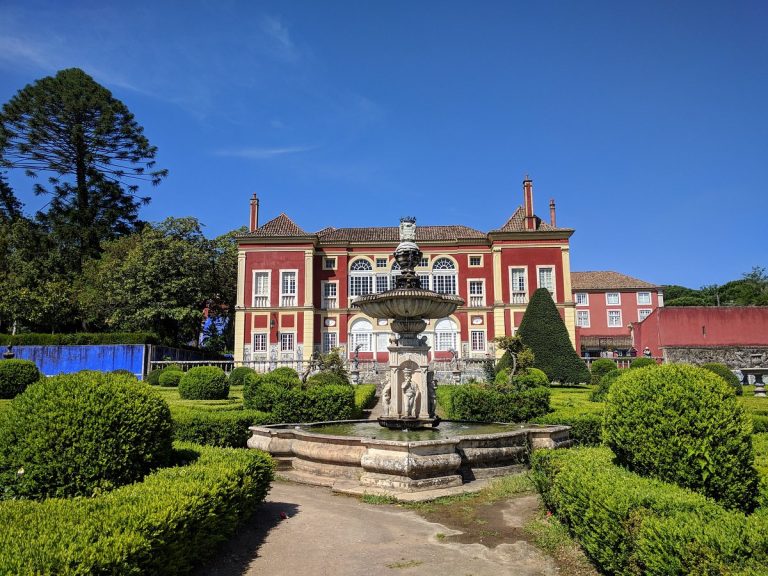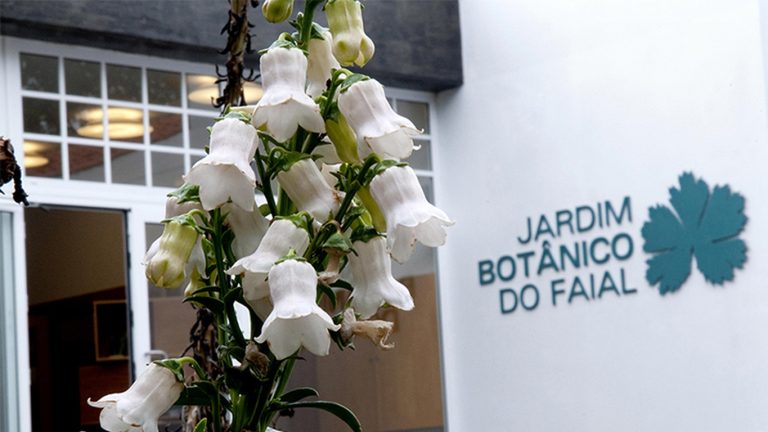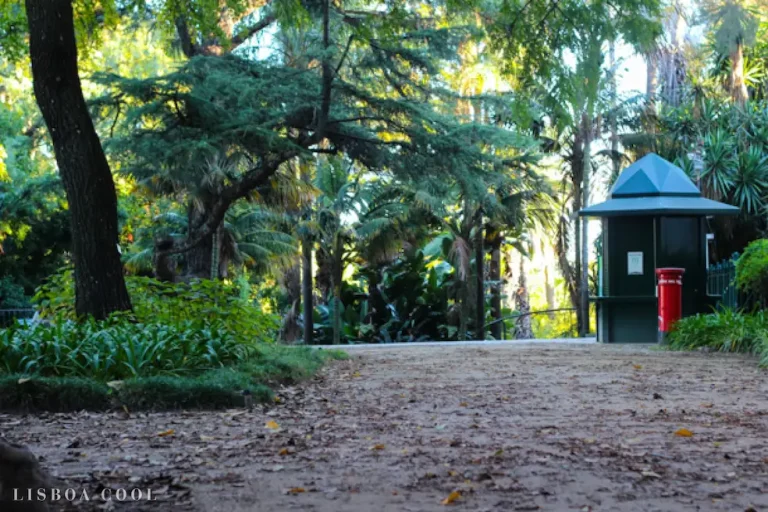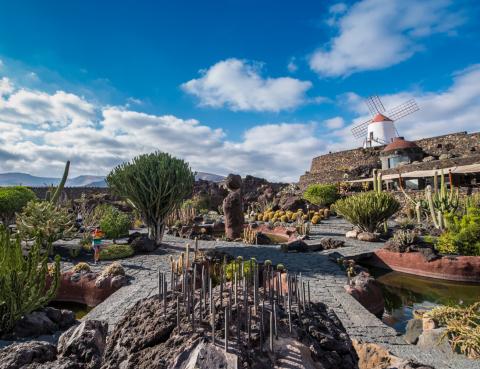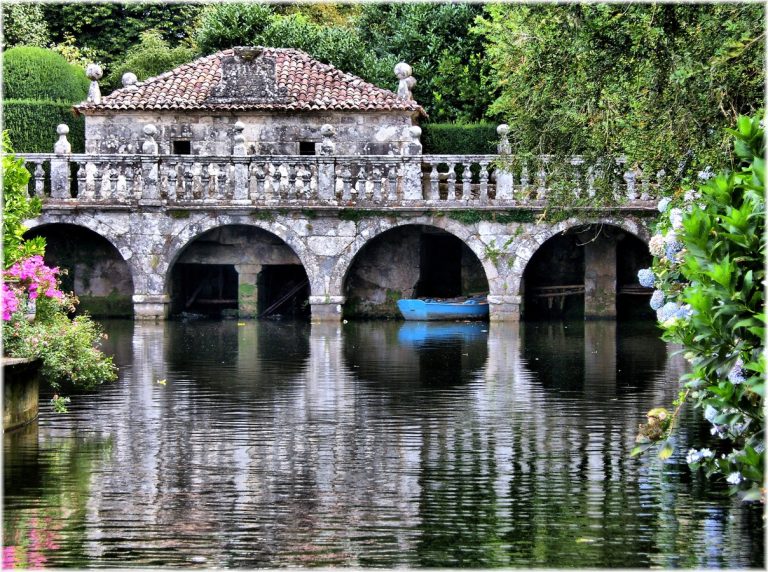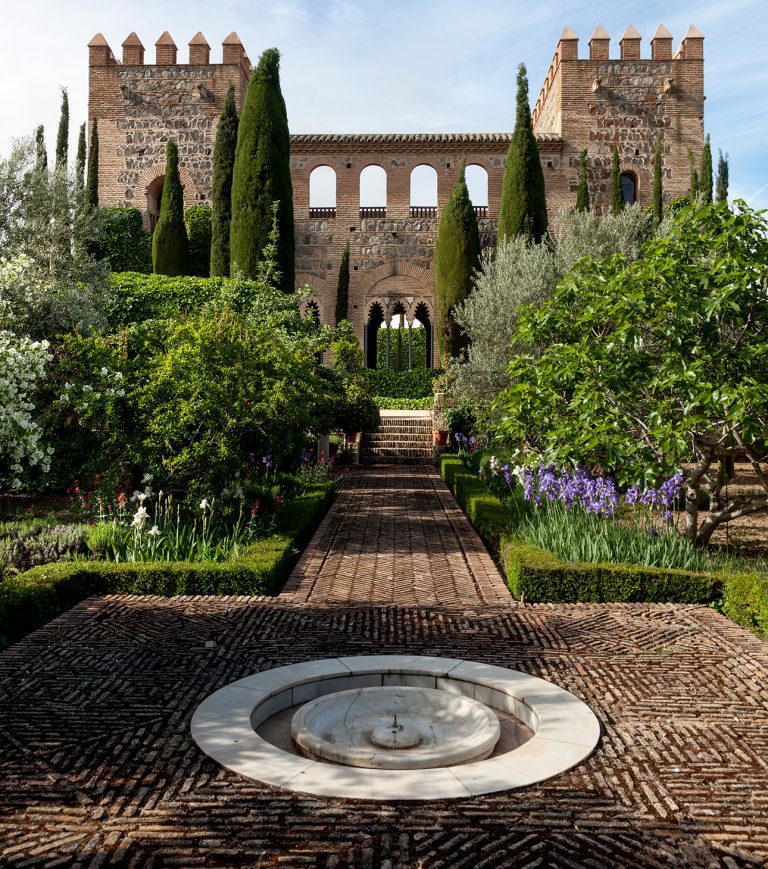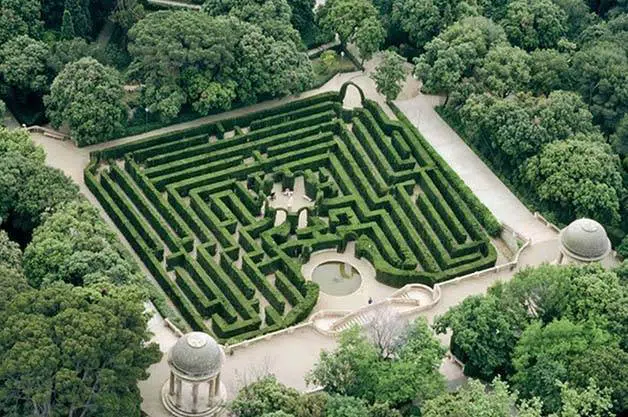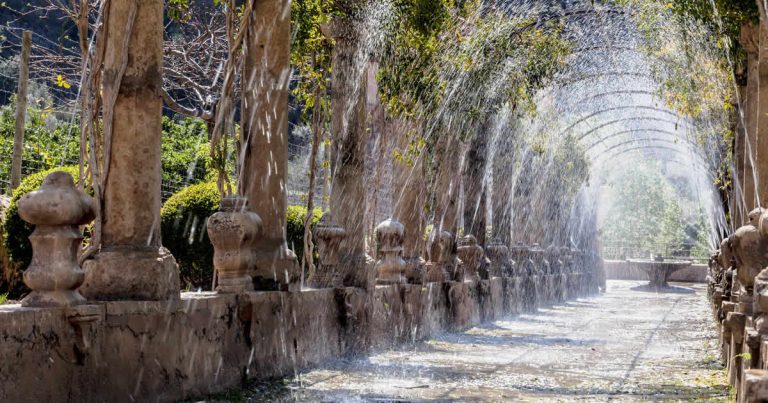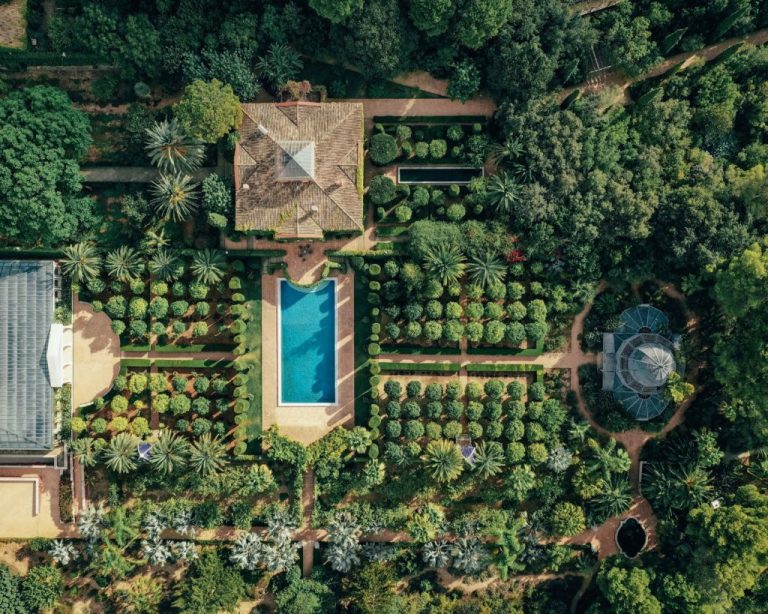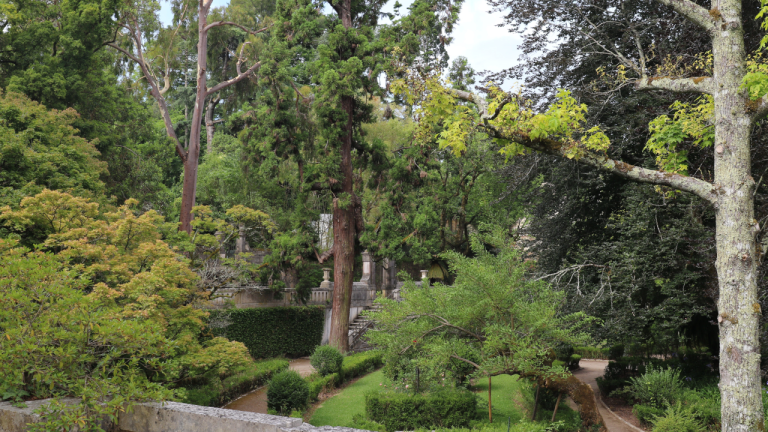Your cart is currently empty!
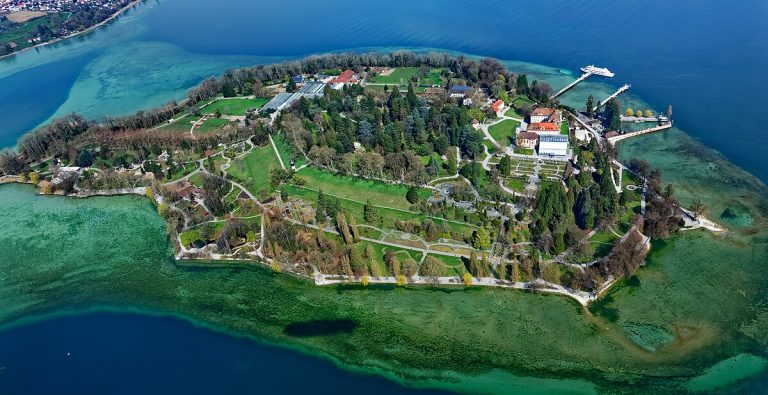
Mainau Island Gardens
Lush blooms all year round, a park with trees over 150 years old, the baroque splendor of the castle complex and church, plus the Mediterranean character – that is Mainau, the flower island in Lake Constance. Today Bettina Countess Bernadotte and Björn Count Bernadotte are at the helm of the company. The fourth Bernadotte generation following Count Lennart strives to continue the well-founded philosophy that has been developed since 1932 and to maintain an oasis of natural beauty, harmony and relaxation for visitors from all over the world, indeed to create it again and again. Forgetting the stress of everyday life and the over-engineered age for a few hours and finding relaxation in the “deceleration” should be the benefit for the Mainau guests when they visit the flower island in Lake Constance, which is favored by the climate and is unique in the world.







